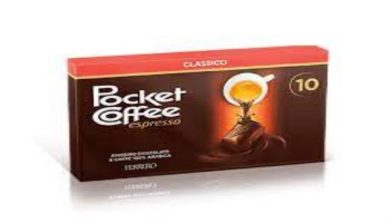Conquering Any Terrain: Top Tips for Choosing the Right Skid Steer Tires

Skid steers are powerful machines that excel in a variety of demanding applications. From demolition and construction to landscaping and agriculture, these workhorses require tires that can handle the toughest jobs.
When it comes to tire selection, two main options emerge: pneumatic tires and solid rubber skid steer tires. While pneumatic tires offer a smoother ride, they are susceptible to punctures and flats, leading to downtime and frustration. This is where solid rubber skid steer tires come in.
This article explores the advantages of solid rubber skid steer tires and offers valuable tips to guide you towards the perfect set for your specific needs.
Without any further ado, let’s get started!
1. Prioritizing Puncture Resistance: The Power of Solid Rubber
One of the most significant advantages of solid rubber skid steer tires is their exceptional puncture resistance. Unlike pneumatic tires that rely on air pressure, solid rubber tires are virtually immune to flats and blowouts.
This is a game-changer for applications where the risk of punctures is high, such as working with debris, sharp objects, or uneven terrain.
Solid rubber tires eliminate the downtime associated with flat repairs, allowing you to focus on getting the job done efficiently.
2. Enhanced Durability for Demanding Applications
Solid rubber skid steer tires are built to withstand the harshest conditions. The robust construction offers superior resistance to cuts, abrasions, and chipping, making them ideal for applications involving demolition, asphalt removal, or working with abrasive materials.
Furthermore, solid rubber offers superior load capacity compared to pneumatic tires. This translates to increased productivity, allowing you to carry heavier loads without compromising performance.
3. Considering Ride Quality: Finding the Right Balance
While solid rubber skid steer tires prioritize puncture resistance and durability, it’s essential to acknowledge the trade-off in ride quality. Compared to the smoother ride of pneumatic tires, solid rubber tires can provide a somewhat stiffer ride experience.
However, advancements in tread design and rubber compounds have significantly improved the ride quality of solid rubber tires. Modern options offer a good balance between puncture resistance and a comfortable ride for the operator.
4. Selecting the Perfect Tread Pattern for Your Needs
Solid rubber skid steer tires come in a variety of tread patterns, each designed to excel in specific applications. Choosing the right tread pattern is crucial for optimizing performance and maximizing tire life.
For example, aggressive tread patterns with deep lugs offer superior traction in loose soil, mud, or snow. Conversely, smooth tread patterns prioritize stability and wear resistance on hard surfaces like concrete or asphalt.
5. Finding the Right Balance Between Performance and Cost
Solid rubber skid steer tires typically come at a higher initial cost compared to pneumatic tires. However, their extended lifespan, reduced downtime due to punctures, and minimal maintenance requirements can significantly reduce long-term operational costs.
By carefully considering your application’s needs and weighing the benefits against the initial investment, you can make an informed decision that optimizes both performance and affordability.





